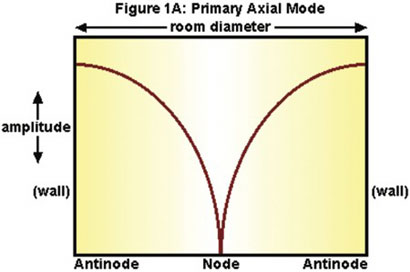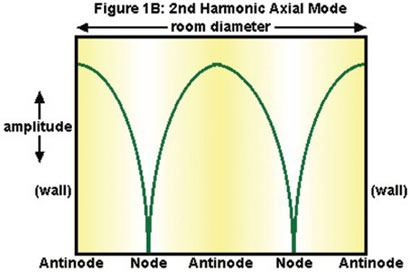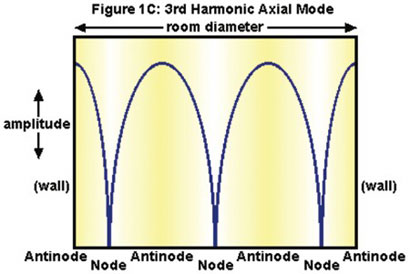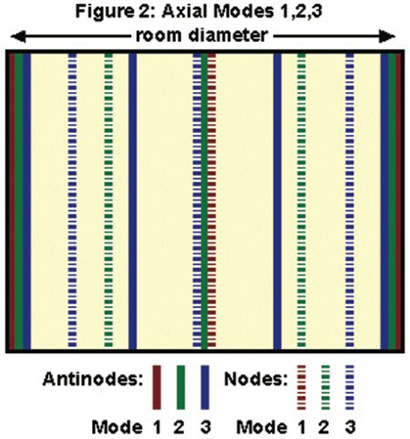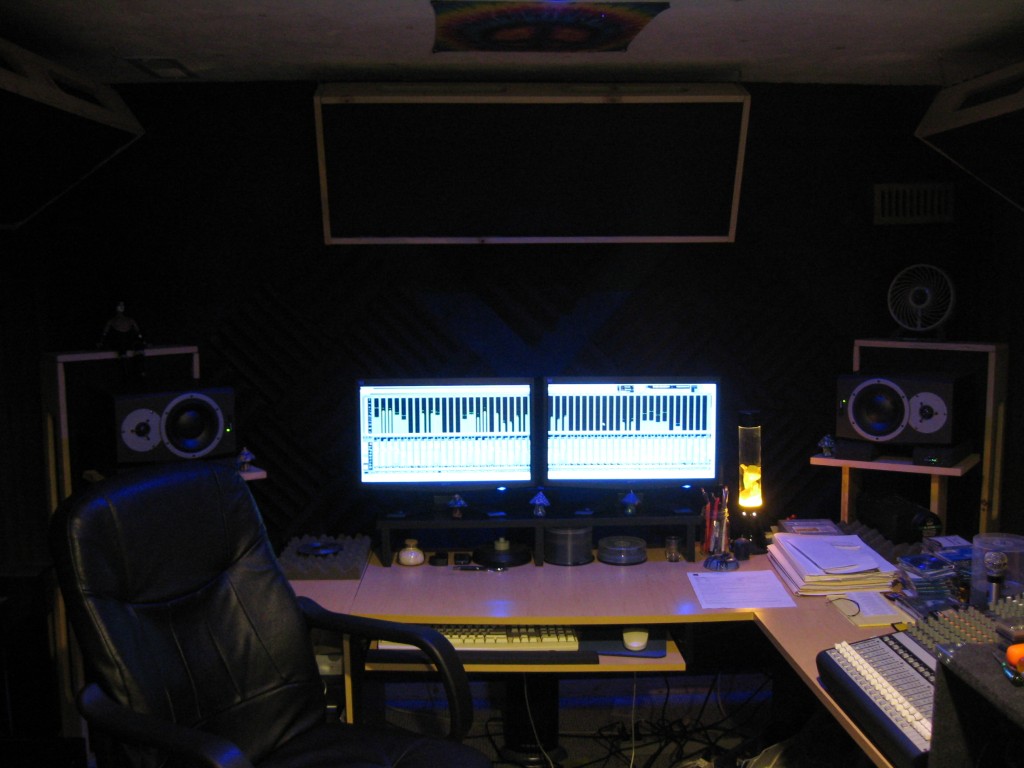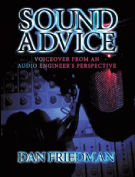 Two of the biggest ongoing issues in the voiceover world are gear and rates. It seems that voice talent (or voice talent wannabes) are always looking for the latest, greatest, smallest and cheapest piece of gear that is good enough to record audio. They also seem to want the ability to do this from just about anywhere. The issue of rates is always a big concern. Job offers for payments that fall considerably short of generally accepted rates frequent the internet. These offers are often discussed as being reprehensible or even laughed at on social media. So, is there a correlation between cheap gear and low rates?
Two of the biggest ongoing issues in the voiceover world are gear and rates. It seems that voice talent (or voice talent wannabes) are always looking for the latest, greatest, smallest and cheapest piece of gear that is good enough to record audio. They also seem to want the ability to do this from just about anywhere. The issue of rates is always a big concern. Job offers for payments that fall considerably short of generally accepted rates frequent the internet. These offers are often discussed as being reprehensible or even laughed at on social media. So, is there a correlation between cheap gear and low rates?
Portability and the ability to respond quickly to client requests are key factors that drive the need for much of this gear. The desire to provide for clients is essential to your VO business and let’s face it, the gear is often pretty cool and some of it sounds quite good. But the environment plays a much bigger role in your overall sound and just because you can record from your car or a hotel room, doesn’t mean you should. Other than your voice and performance, nothing has a greater effect on your sound than the environment you’re in.
Consistency and quality are critical for great sounding productions. These can only be guaranteed when the environment is a professional one, usually a professionally equipped recording studio or home studio. Consistency is especially critical when it comes to revisions. Even musicians, who are the largest consumers of recording gear, know that most of this low-end gear is for laying down ideas and for doing pre-production. When they are ready to make an album, serious musicians will usually go to a professional recording studio.
One of the biggest complaints about the voiceover industry, from those who are in it, is that so many people think that voiceover is easy and anyone can do it. Well, it should come as no surprise that when people brag about recording from their car, on their smart phones and through the multitude of cheap pieces of plastic that are now available at the megastore down the street, outsiders may believe that this is not all that difficult. Newbies don’t always understand performance or quality, but they usually understand the concept of making money from anywhere for very little investment.
On the flip-side, clients who (to their detriment) don’t always care about quality are not going to offer higher rates if they think the job can be done anywhere and/or with nothing more than a USB microphone plugged into a laptop. Clients who know better are usually willing to pay for the quality and service that come with a professional talent, who records in a professional environment, on professional gear. They understand that, just like in their own businesses, to be among the best requires an investment in time and money. Clients can justify higher talent payments more easily when they know that the audio will be professionally recorded and will be consistent from one session to the next.
Having higher-quality equipment and a proper recording space helps you to justify demanding a higher price for your work. Good clients understand the correlation between your investment in training and gear and the value that results.
If you are a voiceover talent, who loves and respects this industry, you will hopefully continue to work towards providing the highest quality audio possible and consistency from one session to the next. This doesn’t mean that you should not provide for your clients in emergency situations… you should. It also does not mean that you must have the most expensive pieces of gear. It simply means that you will continue to seek out the best equipment for you and your situation until you reach the point that any change would not provide a significant improvement. Do not stop at “good enough.”


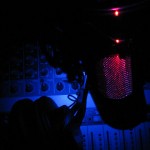 The phone company is seriously crippling us today.
The phone company is seriously crippling us today. 